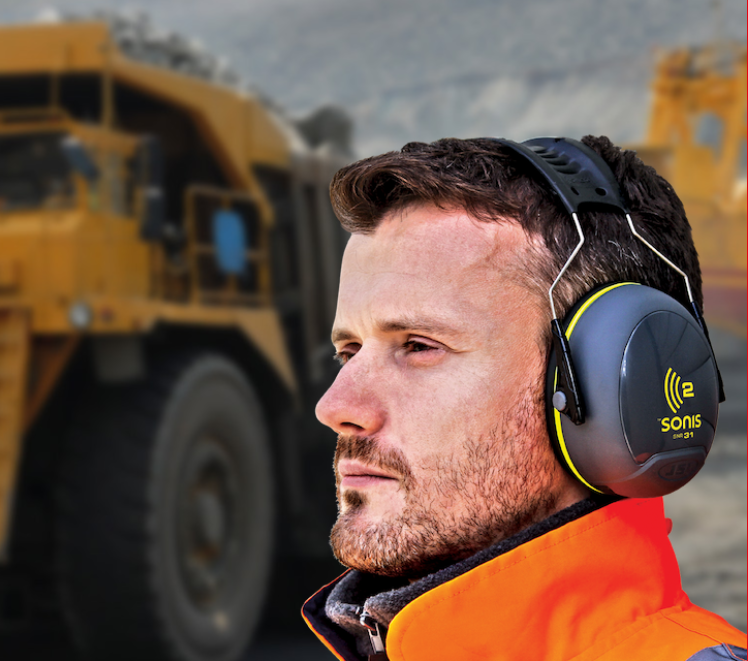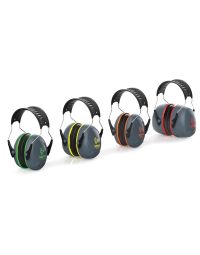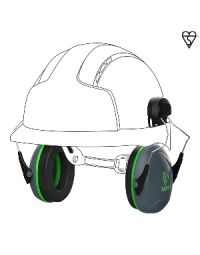The Invisible Hazard
Noise is often dismissed, as its easier to focus on the hazards you can see. While it may not be considered a top priority, it has to be taken seriously or else it may lead to serious health issues later down the line.
Noise pollution is often classed as the disruption local residents and the eco-system with loud man-made noises, however, a crutial victim is those operating the machinery themselves. Those with a career in construction, manufacturing, water supply and energy extraction are highlighed as workers in industries with the highest work-related hearing problems. Some issues include permanent hearing loss, tinnitus, high levels of stress and/or an increase of workplace accidents due to a difficulty hearing warning signals.
Due to the large underestimation of harmful noise in the past, exposure to noise at work has had major impacts. A study by Health and Safety Executive (HSE) estimates with 95% confidence, that 12,000 workers have suffered from work-related hearing problems between 2021/22 - 2023/24.
Whats the Solution?
Health and Safety Executive have specific regulations laid out for employees health and safety, to prevent hearing trauma or loss.
- Employers must provide employees with hearing protection inline with their exposure level.*
- Indentify hearing protection zones
- Provide training and information on how to care for hearing protector


Exposure Levels
The aim when selecting suitable hearing protection is to achieve an average exposure level of 80dB for the user. It is possible to over protect the user, preventing them from hearing important sounds such as warning signals or traffic. In order to make sure you are supplying your employees or yourself with the correct Single Number Rating (SNR), some basic maths is required.
EXAMPLE: If the user is exposed to 100dB without protection, a low performance set of ear defenders, with an SNR of 27, will bring their exposure down to 73dB. This exposure is just below the average - providing the worker with an acceptable rate of protection.
At CMT Group, we supply a variety of ranges to suit your noise exposure levels and keep everybody on site safe.
Sonis are a range of ear defenders supplied by JSP that we stock, ranked by both HML and SNR values to make sure you can site your solutions - fast.
Caring for Your Ear Defenders
Keeping your protection in good condition can keep you safer, for longer.
Ear defenders must be kept clean for hygeine purposes and to prevent damage to the cushion surface and inner foams. Most can be cleaned with soap and warm water, however, avoid using abrasive cleaners as this can cause deterioration.
The storing of your equipment is essential. Temperature, humidity and exposure to direct sunlight can all effect the durability and cause their decline. Furthermore, it is crutial to not stretch or compress the defender headbands, as this can impact the tight seal and limit performance.
Inspecting your defenders regularly will ensure they are not suffering with any signs of damage and/or cracking. All ear defenders have an overall lifespan, for example JSP Sonis have a lifespan of 5 years before they should be dismantled and recycled accordingly.
By caring for your ear defenders, you can reduce the time between purchases and extend the products lifespan.


